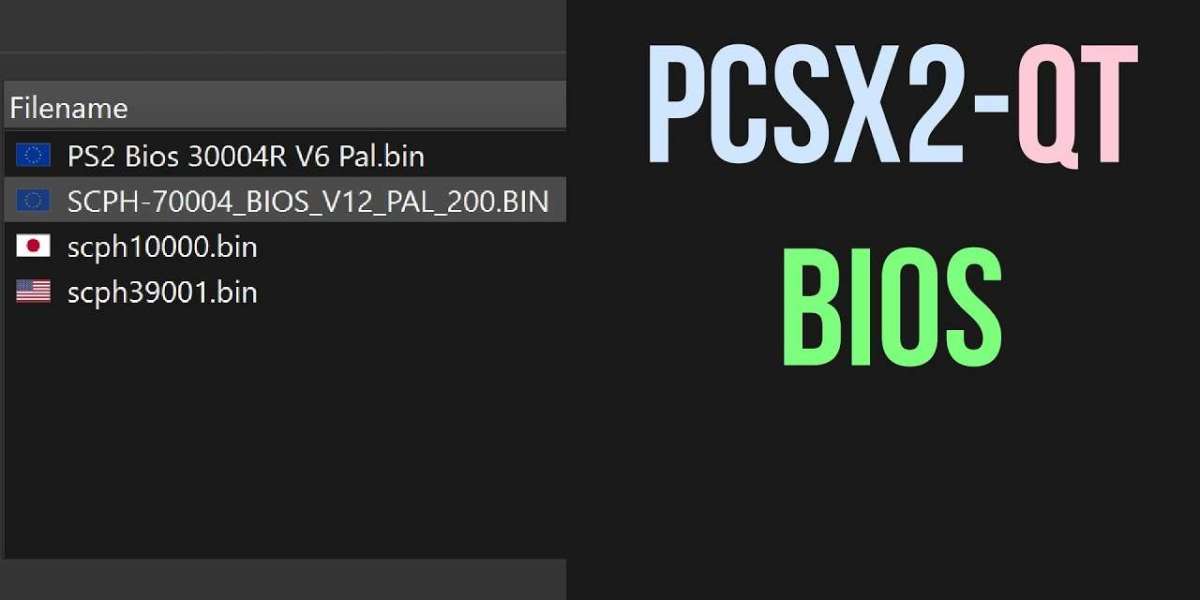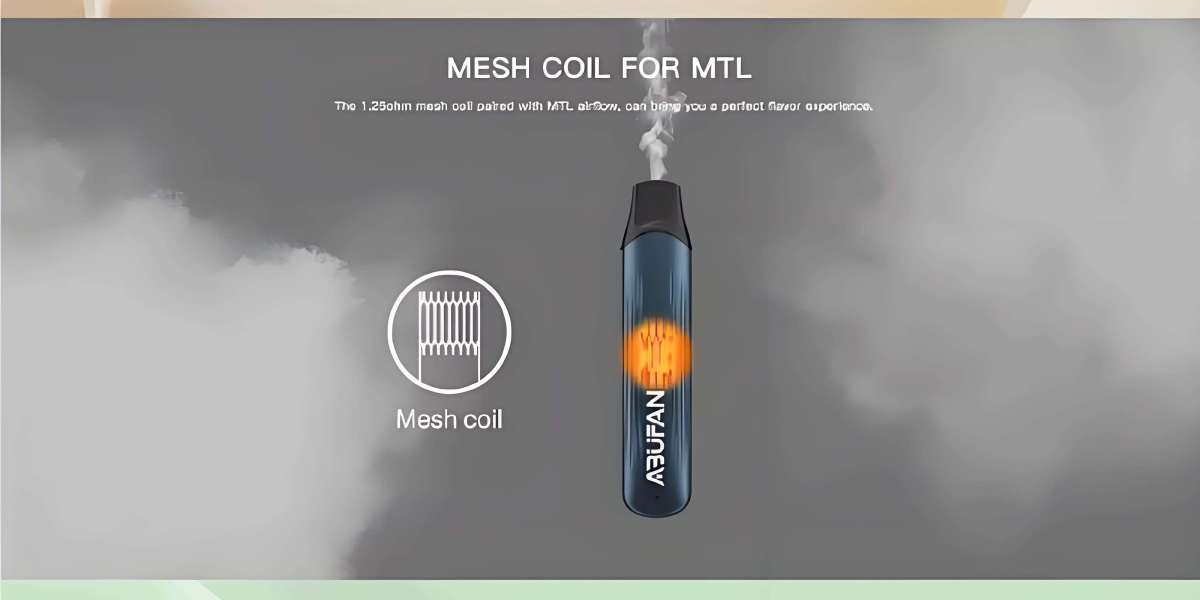The PlayStation 2 (PS2) is one of the most iconic gaming consoles ever created, boasting a massive library of games and a loyal fanbase worldwide. At the core of this beloved system lies an often overlooked but essential component: the ps2 bios. While many gamers might never consider what the BIOS is or what role it plays, understanding it unlocks a deeper appreciation for how the PS2 functions and how enthusiasts have pushed its limits. This article dives into the PS2 BIOS, explaining what it is, why it matters, and how it has shaped the gaming experience on Sony’s legendary console.
What Is the PS2 BIOS?
BIOS stands for Basic Input/Output System. In simple terms, it is the firmware that initializes the hardware when the PS2 is powered on. Think of it as the console’s “brain” that wakes up the system, checks its components, and prepares it to load games. Unlike the operating system on a PC, which is more complex and versatile, the ps2 bios serves a very specific, hardware-level function.
For the PS2, the BIOS is stored on an internal chip within the console. When you switch on the PS2, the BIOS activates, running a series of diagnostic checks on memory cards, controllers, and disc drives before finally loading the game you inserted. Without the BIOS, the PS2 simply wouldn’t function.
The Role of the BIOS in PS2 Gaming
The PS2 BIOS does more than just boot the system. It controls many essential processes:
Hardware Initialization: The BIOS makes sure all connected components, from controllers to memory cards, are working properly.
Disc Authentication: When you insert a game disc, the BIOS reads and verifies it, ensuring it’s an authentic PlayStation 2 game and preventing unauthorized or pirated games from running.
System Settings: The BIOS manages system settings like language, screen resolution, and date/time.
Menu Interface: When you power on the PS2 without a disc, the BIOS displays the console’s main menu, allowing you to configure settings or launch software like demos or the system browser.
This tight control makes the BIOS crucial for the integrity and security of the console.
Why Is the PS2 BIOS Important for Emulation?
One of the biggest reasons the PS2 BIOS remains a hot topic among gaming communities is its role in emulation. PS2 emulators like PCSX2 allow gamers to play PS2 titles on a PC. However, to emulate the console properly, the emulator requires a copy of the PS2 BIOS.
Why? Because the BIOS contains all the system-level instructions and checks that an emulator cannot replicate through software alone. By using the BIOS, the emulator can more accurately mimic the PS2 hardware environment, allowing games to run smoothly and correctly.
However, obtaining the BIOS can be tricky. Legally, the BIOS belongs to Sony, and distributing it freely is prohibited. This means gamers must extract the BIOS from their own PS2 consoles to stay within the law. This technical hurdle is a small price to pay for the ability to experience PS2 games on modern hardware.
The History and Versions of the PS2 BIOS
Over the years, different versions of the PS2 BIOS have been released. These versions vary based on the region (Japan, North America, Europe, etc.) and console model. Sony updated the BIOS to improve system stability, add new features, or support different hardware revisions.
For example, early PS2 models featured BIOS versions with different regional locks and language support. Some versions had enhancements to support new hardware peripherals or improve compatibility with certain games. Understanding the BIOS version can sometimes be important for troubleshooting or maximizing compatibility in emulation setups.
The BIOS and Modding the PS2
The PS2’s BIOS also plays a crucial role in the modding community. Modders have developed various tools and methods to bypass the BIOS’s security features to run homebrew software, backup games, and even alternate operating systems on the PS2.
One popular modding approach involves exploiting vulnerabilities in the BIOS to load unsigned code. This can unlock features like running games from a USB drive or playing imported titles without region restrictions. Such hacks expand the console’s capabilities well beyond what Sony originally intended.
That said, modding the BIOS is a complex task that requires careful technical knowledge. It also carries risks, such as bricking the console if done improperly. Still, for many PS2 enthusiasts, the ability to tinker with the BIOS adds an exciting layer to their gaming experience.
How to Backup and Extract Your PS2 BIOS
For those interested in emulation or modding, creating a backup of your PS2 BIOS is essential. Since the BIOS is stored on a chip inside the console, extracting it requires specialized software or hardware tools.
One common method involves using a software utility running on the PS2 itself to dump the BIOS data onto a memory card or USB drive. This process typically requires the use of homebrew applications like BIOS dumper tools. Once extracted, the BIOS file can be loaded into emulators or used in modding projects.
Importantly, you should only use BIOS files dumped from your own PS2 console to stay within legal boundaries.
Challenges and Limitations of the PS2 BIOS
While the PS2 BIOS is powerful, it has its limitations. Because it is firmware hard-coded onto the console’s chip, it cannot be easily updated or modified without special tools. This limits how much Sony could fix or enhance the BIOS after manufacturing.
Additionally, the BIOS enforces regional locks on games, meaning a PS2 console purchased in one region might not play games from another region unless modded. This caused frustration for gamers wanting to enjoy imported titles but also served Sony’s business interests by controlling regional markets.
Lastly, because the BIOS is tightly integrated with the hardware, any attempts to emulate or hack it require deep technical knowledge and can be error-prone. This complexity has made the PS2 BIOS a fascinating challenge for programmers and enthusiasts alike.
Conclusion: The Hidden Core of the PlayStation 2
The PS2 BIOS may be an invisible part of the console for most players, but it is the crucial core that powers every gaming session. From booting the system to authenticating games and managing hardware, the BIOS ensures the PS2 operates smoothly and securely.
For modern gamers and collectors, understanding the BIOS unlocks new possibilities—from emulating classic games on PCs to modding the console for enhanced capabilities. Though often overshadowed by the games themselves, the PS2 BIOS deserves recognition as a technological cornerstone of one of gaming’s most beloved consoles.



